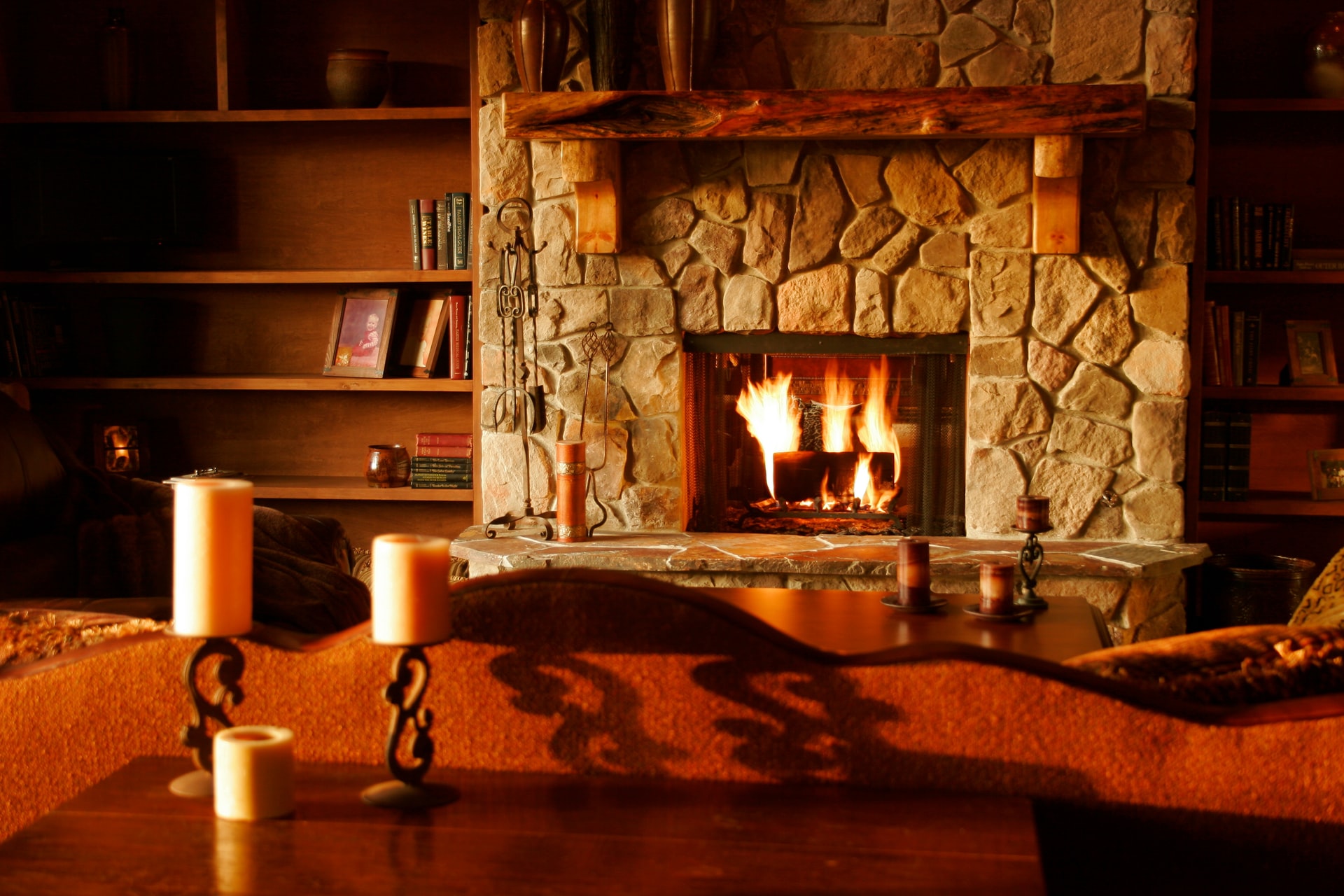Nowadays, more and more of us are trying to be eco-friendly and are trying to reduce our carbon footprint. This is where the debate of whether a fireplace that uses wood or an electric heater is more environmentally friendly. There are many ways of heating on the market. Wood heating is among the most popular systems for many reasons. Discover in this article, everything you need to know about wood heating.
The equipment of wood heating

Whether it comes in logs or pellets, wood remains an efficient and cheap energy source. Several pieces of equipment allow you to heal efficiently with wood. However, before making your choice, you must determine whether your equipment will be used as your main heating system or as a backup.
If wood heating is your main source of heat, it is advisable to use a modern device such as a wood boiler, pellet stove, or pellet boiler. This equipment guarantees an efficient energy performance. If you do not have a closed fireplace, the wood stove allows you to have an output of between 60% and 80% with an autonomy of a few hours. As for the pellet stove, which exists in cast iron and steel, its autonomy varies from 12 to 72 hours.
For supplementary heating, an open fireplace will suffice. However, this device is not powerful enough to meet your heating needs as the main equipment. You will need to install a fireplace insert. For hot water production, a wood-fired boiler will do the trick.
Fuels used for wood heating

There are different fuels to be chosen according to the type of wood heating installed and the need for thermal comfort. Among the selection, there is the log or split log, which is the cheapest. This type of firewood fits perfectly with the various models of existing appliances. Then there are the wood pellets or pellets from sawdust and shavings. They are used as fuel for inserts, pellet boilers, and pellet stoves. There are also briquettes or logs, from the recycling of manufacturing by-products of the wood industry, as well as forestry or chips based on shredded branches.
The different types of appliances to heat with wood

As mentioned above, the fireplace remains the most traditional means of heating, although it offers only a low efficiency. An insert should be installed to compensate for this lack of efficiency and improve energy performance. Finally, wood-burning stoves, particularly the channeled and boiler models, offer the possibility of heating an entire house and even producing domestic hot water.
The advantages of wood heating

The most obvious advantage of wood heating is that it is less expensive than gas or electric heating. It is also an ecological device knowing that the fuel used is a clean and renewable resource. The wood, while burning, releases CO2, which is equivalent to that released at the time of its natural decomposition. Unlike fossil fuels, wood releases little carbon dioxide and thus reduces the greenhouse effect. Heating with wood is easy and straightforward to use. Its installation and operating costs make it a very affordable heating option. It is also possible to amortize the initial extra cost in less than 10 years.
If your goal is to reduce your energy consumption and your heating bills, you are making the right choice by turning to wood heating. Currently available new systems allow for low fuel consumption and good comfort of use. In addition to the fact that it is economical, wood heating has the particularity to diffuse a soft and homogeneous heat. However, you should be aware that you need to have storage space for fuel, preferably in a dry place.
Sound off in the comments section below and tell us your thoughts on fireplaces.

